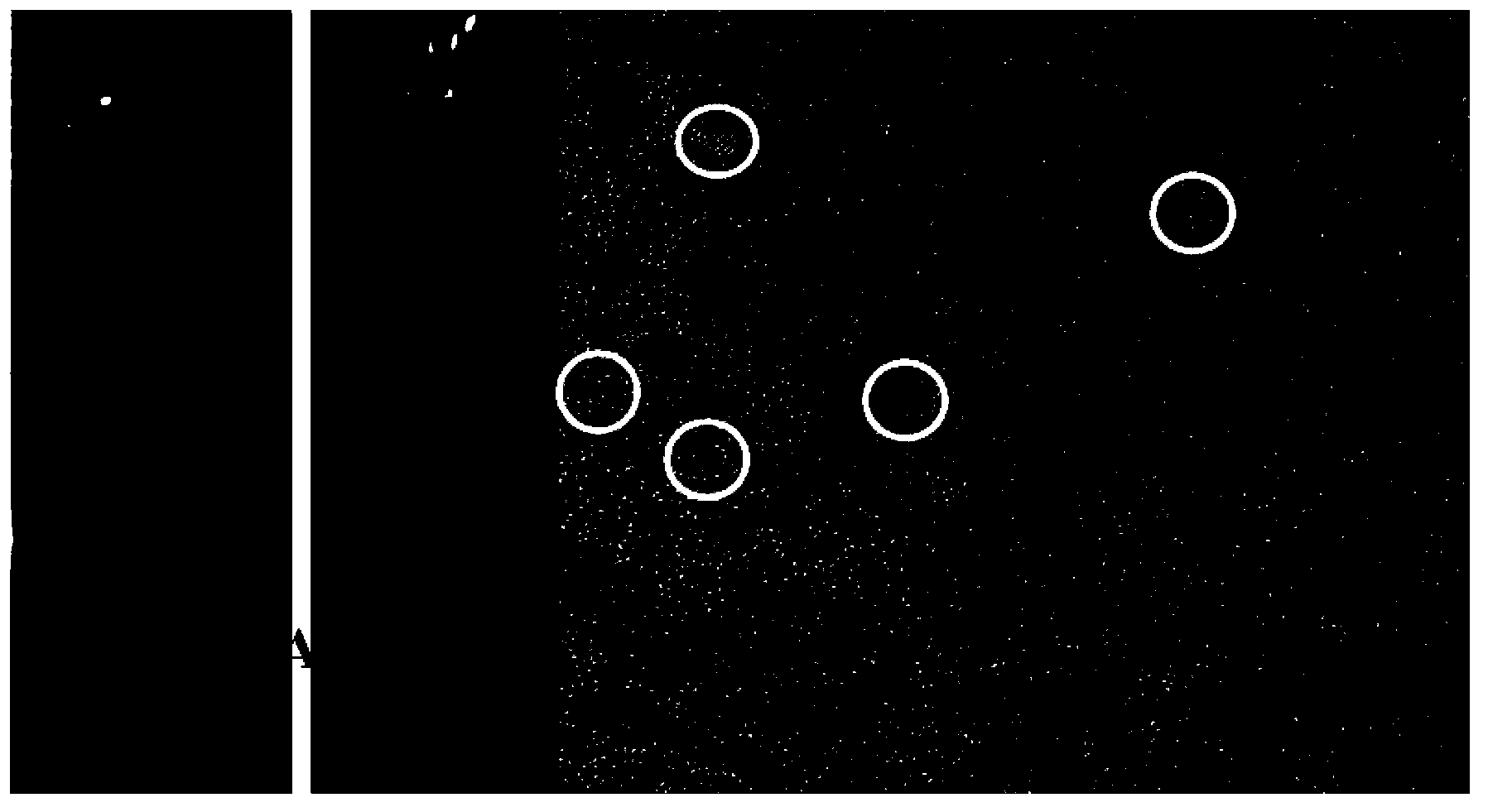Preparation method of titanium dioxide-metal water-based nanometer composite sol
A nano-composite, titanium dioxide technology, applied in chemical instruments and methods, nanotechnology, colloidal chemistry, etc., can solve the problems of environmental pollution, expensive precursors and solvents, limited application scope of substrate materials, etc., to achieve strong process operability , avoid heterogeneous nucleation, and the effect of low preparation cost
- Summary
- Abstract
- Description
- Claims
- Application Information
AI Technical Summary
Problems solved by technology
Method used
Image
Examples
Embodiment 1
[0022] With 100ml mass percent concentration of 30%, density of 1.11g / cm 3 Dissolve 2.32g of orthotitanic acid in hydrogen peroxide aqueous solution to obtain titanium peroxide aqueous solution, adjust the pH of the solution to 6 with a sodium carbonate aqueous solution with a mass concentration of 25%, and then set the volume to 200ml, wherein the concentration of titanium peroxide is 0.10mol / L; the mass concentration of 1%HAuCl 4 Dilute HAuCl with a molar concentration of 0.01mol / L in aqueous solution 4 Aqueous solution, take 100ml of 0.01mol / L HAuCl 4 Add 50ml of citric acid aqueous solution with a molar concentration of 1.0mol / L to an aqueous solution round bottom flask under reflux at 100°C, and reflux the obtained mixed solution for 30 minutes. After the obtained mixed solution turns purple, add the above Titanium peroxide aqueous solution 50ml, heated to reflux for 4h to obtain the final product. For the morphology characterization results of the obtained gold-titan...
Embodiment 2
[0024] It is 30% with 160ml mass percent concentration, and density is 1.11g / cm The hydrogen peroxide aqueous solution dissolving 4.64g orthotitanic acid obtains titanium peroxide aqueous solution, is that the sodium bicarbonate aqueous solution of 20% mass concentration adjusts solution pH to 7, Then set the volume to 200ml, wherein the concentration of titanium peroxide is 0.20mol / L; add AgNO to 100ml distilled water 3 The solid is made into a solution of 0.05mol / L, and under the condition of reflux at 100°C, add 250ml of citric acid aqueous solution with a molar concentration of 0.5mol / L, and the obtained mixed solution is refluxed for 30min, and the obtained mixed solution turns purple red , and then add 180ml of the above-mentioned titanium peroxide aqueous solution, and heat to reflux for 4h to obtain the final product.
[0025] For the morphology characterization results of the resulting silver-titania composite, please refer to figure 2 ;
Embodiment 3
[0027] With 180ml mass percent concentration of 30%, density of 1.11g / cm 3 Dissolve 6.96g of orthotitanic acid in hydrogen peroxide aqueous solution to obtain titanium peroxide aqueous solution, adjust the pH of the solution to 8 with potassium carbonate aqueous solution with a mass concentration of 15%, and then set the volume to 200ml, wherein the concentration of titanium peroxide is 0.30mol / L; Add Cu (NO 3 ) 2 The solid was made into a 0.005mol / L solution, and under reflux conditions at 100°C, 75ml of ascorbic acid aqueous solution with a molar concentration of 0.1mol / L was added, and the resulting mixed solution was refluxed for 30min. Add 50 ml of the above titanium peroxide aqueous solution, and heat to reflux for 4 h to obtain the final product.
[0028] For the morphology characterization results of the obtained copper-titania composite, please refer to image 3 ;
PUM
 Login to View More
Login to View More Abstract
Description
Claims
Application Information
 Login to View More
Login to View More - R&D Engineer
- R&D Manager
- IP Professional
- Industry Leading Data Capabilities
- Powerful AI technology
- Patent DNA Extraction
Browse by: Latest US Patents, China's latest patents, Technical Efficacy Thesaurus, Application Domain, Technology Topic, Popular Technical Reports.
© 2024 PatSnap. All rights reserved.Legal|Privacy policy|Modern Slavery Act Transparency Statement|Sitemap|About US| Contact US: help@patsnap.com










